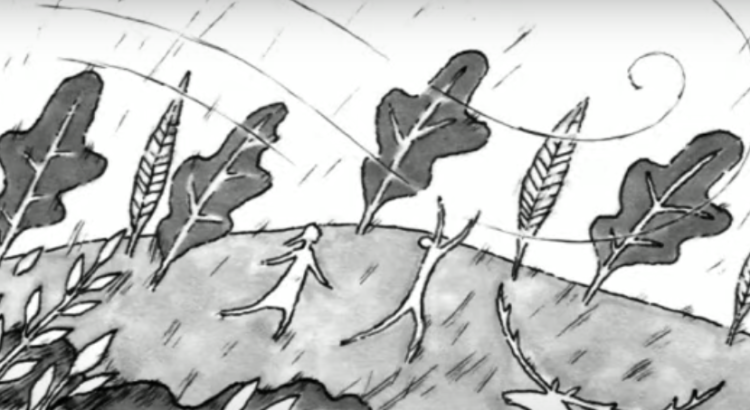Kayla Drake — SCA NH Corps — Discover the Power Of Parks Interpretive Ranger
Almost every culture has devised some sort of story to describe how the world as we know it came to be. Though, with all of our current knowledge, these creation stories may seem obsolete, they can tell us much about ourselves. These stories tell less about the creation of the world and more about our own human nature.
New Hampshire has been inhabited since long before it became New Hampshire. One tribe that made its home in this area was the Abenaki. The Abenaki united with other tribes in the 17th century for mutual protection against the Iroquois Confederacy. This became larger group became known as the Wabanaki Confederacy. The name Abenaki comes from a word meaning “dawn-land people” or “people from the east”.
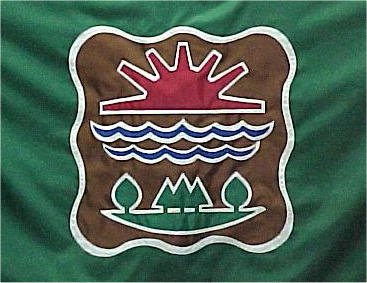
This blog post will explore an Abenaki creation tale that tells us how people came to be. To hear it read in its original language, follow this link. https://www.youtube.com/watch?v=GgnAR-rwsj0
The Story
When the Creator made the world, he created the trees, the mountains, and the animals. But something was missing. He decided to create human beings, but he first had to decide what to make them out of. Looking around, he saw stone and thought this would do the job.
“He piled stones large and high, and breathing the wind of life onto them, he stirred the spirits of the stones to wake.”
DAWN LAND, 2010
The newly enlivened stone people were large and strong, but they walked the earth with no regard for their terrible might. They embodied the nature of stone: hard and unfeeling; they cared not where they stepped and left great destruction in their wake.
Worried for the rest of his creations, the Creator shook the earth until these stone people fell to pieces. They were scattered across Abenaki land and became the stone formations and outcroppings parts of New England are known for— hello, granite state!
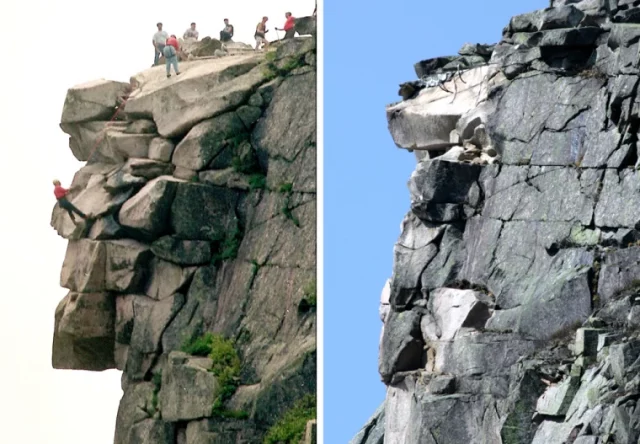
After this mishap with the stone people, the Creator knew he had to find a different clay from which to shape his sculpture, a different material to better suit the creation of humans. So, this time he formed the people from the ash tree. The Dawnland graphic novel says,
“These people of ash were growing and green, in harmony with their mother, the earth. Their skins were soft, and breathed in all of life. They shared their breath with all living things. Their limbs were supple and strong, and they danced like leaves in the wind.”
DAWN LAND, 2010
The Takeaways
This origin tale illuminates certain elements of Abenaki culture. The ash tree is of great cultural importance to the Abenaki; they have made baskets from the ash tree for a very long time. This story underscores basket-making as a way of life for the Abenaki people.
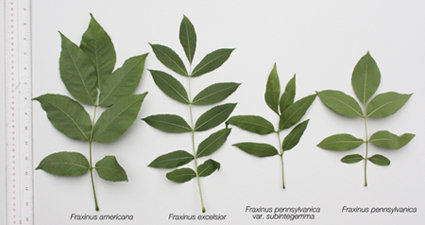
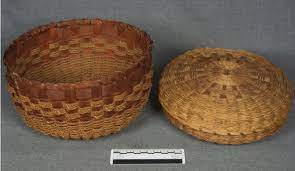
Though this creation story illustrates the culture of the Abenaki tribes, it also reflects much about human nature in general. It is a tale that can remind us of how we should embody the qualities of the ash tree, rather than those of stone; we should find harmony with the natural world, instead of crushing it beneath our feet.
We should remember that we are a part of the natural world, and that we, like the ash trees, breathe in all of life. You and I should dance like leaves in the wind, letting the natural world flow through us. We all belong as part of the natural world, even though nature is usually defined as everything that is not human.
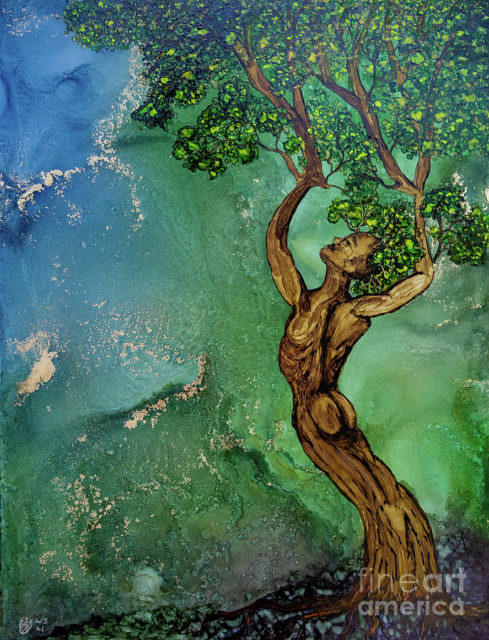
Like many creation stories, this tale features several versions of humankind, with us being the final and most ideal. This reminds us to be the best version of ourselves, especially as a collective. We should work harder to protect this beautiful world we live in, unlike the stone people that came before us. After all, whatever creator you believe in worked hard to create it. We come from the natural world, and, as a part of it, we must do our best to protect it.
Gluskabe’s Lesson for Us
In another version of the Abenaki creation story, culture hero Gluskabe created the people from the ash tree, by shooting arrows into the trees. The people came dancing out of the trees.
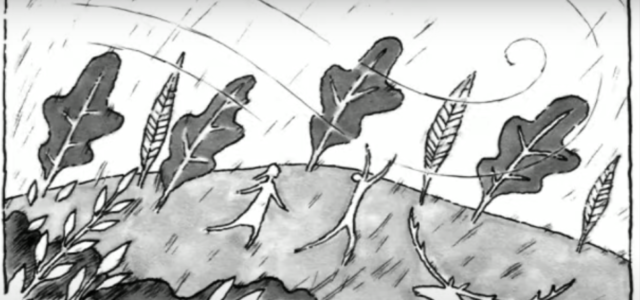
Gluskabe is a mythic character who was created after the creator made the world. He is said to have shaped the landscape to make it suitable for humans. He shrunk the giant animals of the ancient age, to make them safer for humans.
This story tells about how Gluskabe addressed the animals to make the world safer for humans.
“When people were first created, he feared that animals might harm them. He called the animals together and pronounced the Abenaki word for human being: ‘alnabe.”‘The deer and the rabbit fled. Even the wolf retreated. But the red squirrel flew into a rage. It tore limbs from trees, and threw boulders left and right. At this time squirrels were large, larger than bears, and Gluskabe saw that enormous angry squirrels would cause people plenty of trouble. He spoke quietly to the squirrel, and petted its head. Each time he stroked it, the squirrel became smaller. When Gluskabe stopped petting the squirrel, it was smaller than a rabbit, and although it still had a terrible temper, human beings had no need to fear it. Gluskabe asked the moose what it would do when it saw a human being. ‘I will toss him on my horns. I will trample him under my feet.’ ‘No,’ Gluskabe said. ‘That is not how it should be.’ Gluskabe used his powers to soften the attitude of the moose, and in the process bent his nose, and ever since the moose has been a gentle giant, and worn a crooked snout.”
Gluskabe, nativelanguages.org

Another tale of this culture hero tells how he learned the lesson that humans must get along with the animals, as well. Gluskabe asked his grandmother Woodchuck for a magic bag to hold game. He tricked all the animals by telling them that the world was going to end; seeking safety, they all listened to his plea that they get into the bag. Gluskabe brought back the bag to show grandmother Woodchuck how they would never have to hunt for food again. Disappointed, she said :
“Oh, Gluscabe why must you always do things this way? You cannot keep all of the game animals in a bag. They will sicken and die. There will be none left for our children and our children’s children. It is also right that it should be difficult to hunt them. Then you will grow stronger trying to find them. And the animals will also grow stronger and wiser trying to avoid being caught. Then things will be in the right balance.”
Gluskabe and the Game Animals, nativelanguages.org
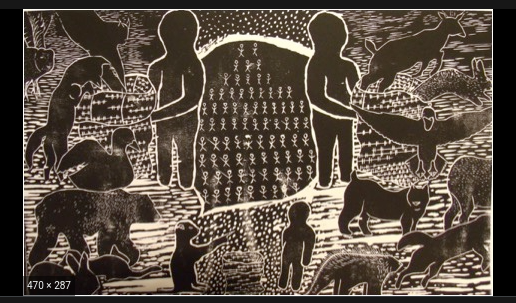
Having learned his lesson, he released all of the animals from the bag. This tale teaches us that we must have a mutually beneficial relationship with the natural world. We should respect it, rather than taking it all for ourselves like Gluskabe tried to do. Just like Gluskabe taught the animals to be get along with humans, his tale echoes the lesson that we must coexist with the natural world in a sort of harmony.
Gluskabe’s lesson resonates through the ages: get along with nature, as it gets along with us. We are, after all, a part of nature: the people shaped from the trees.

